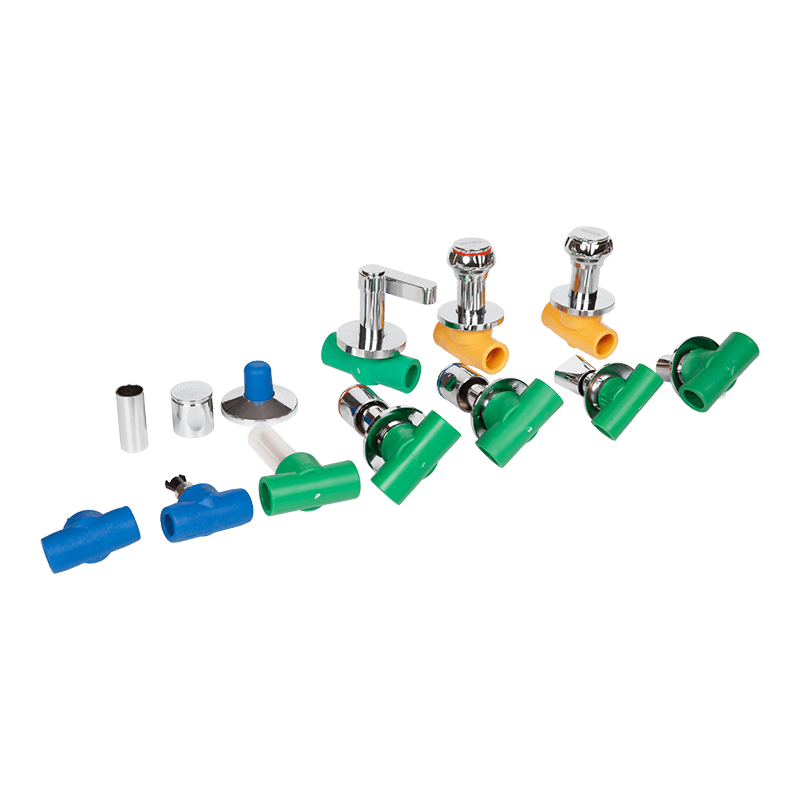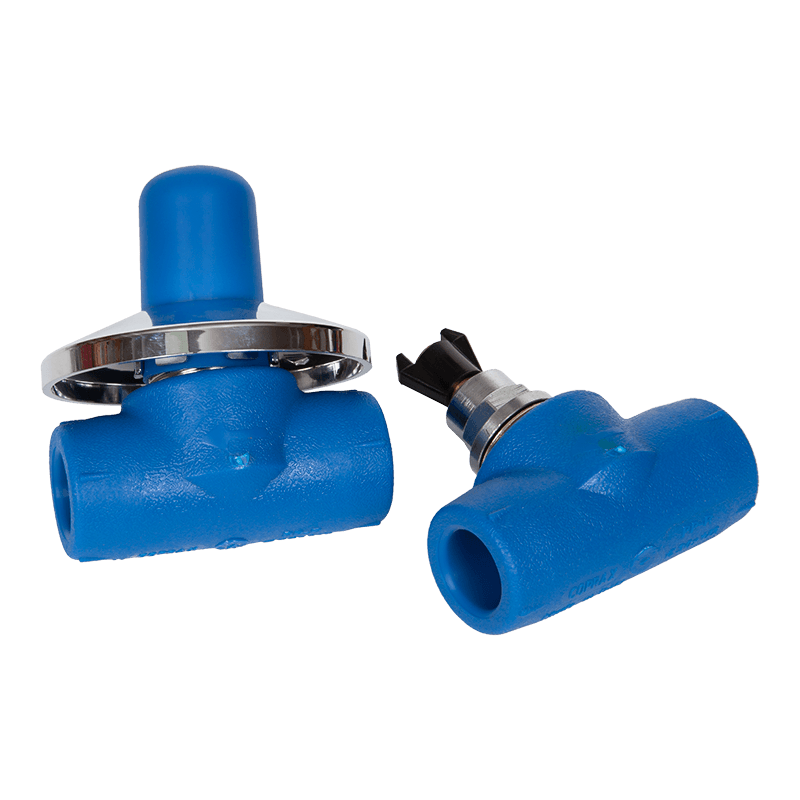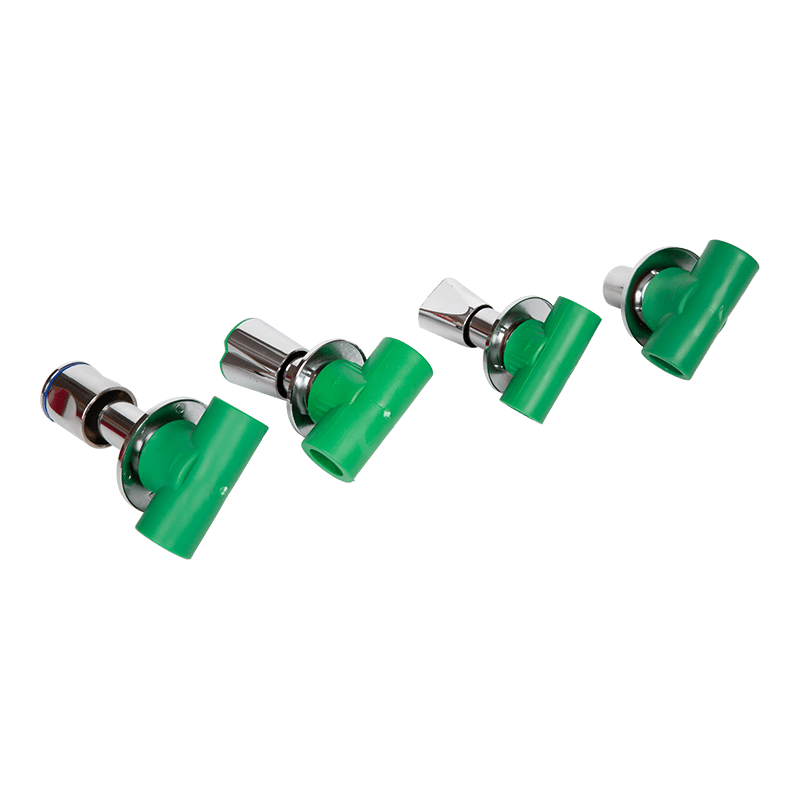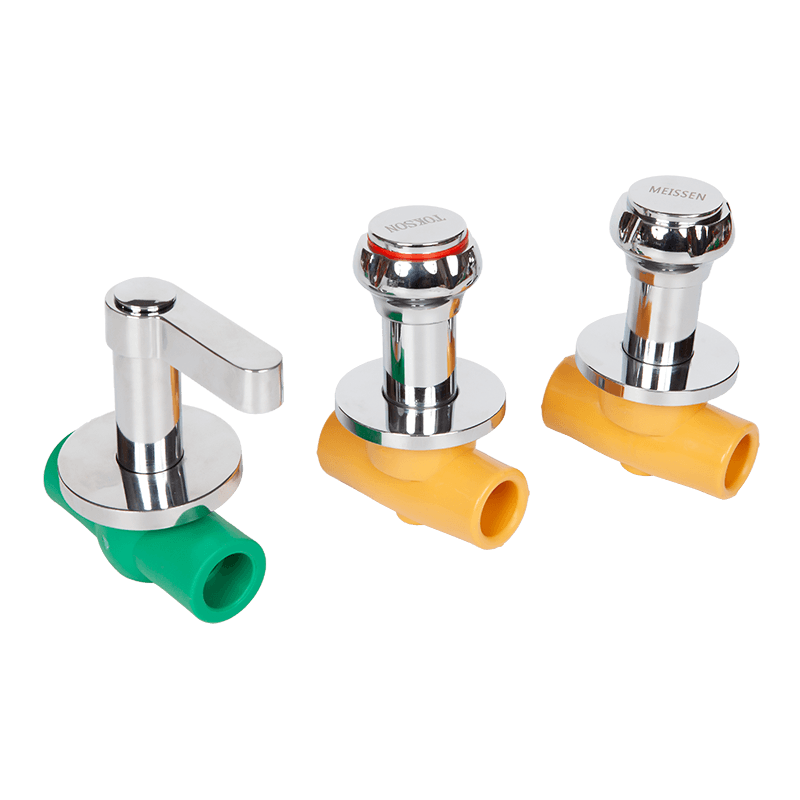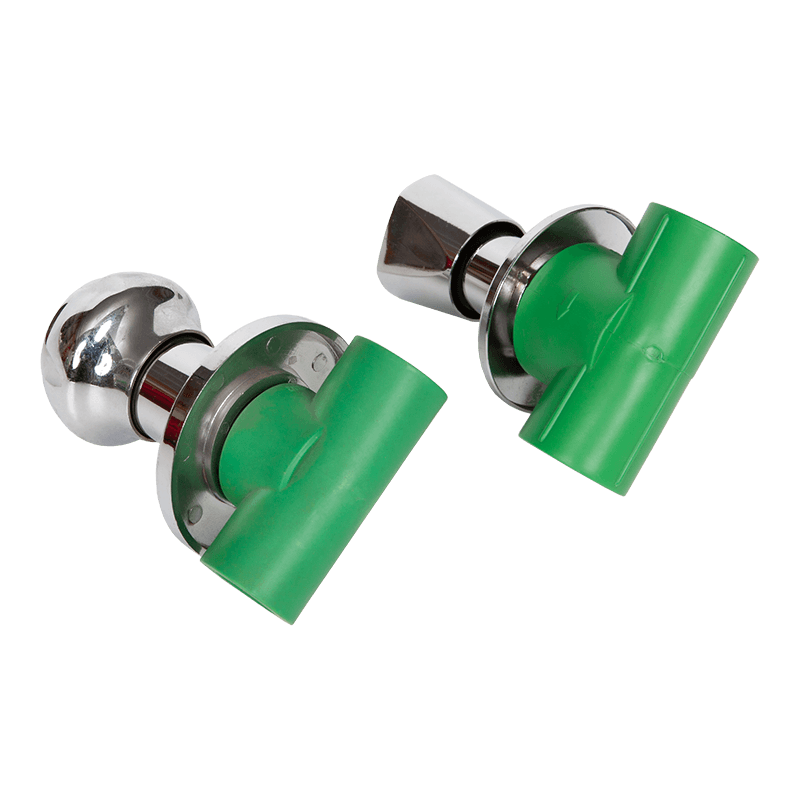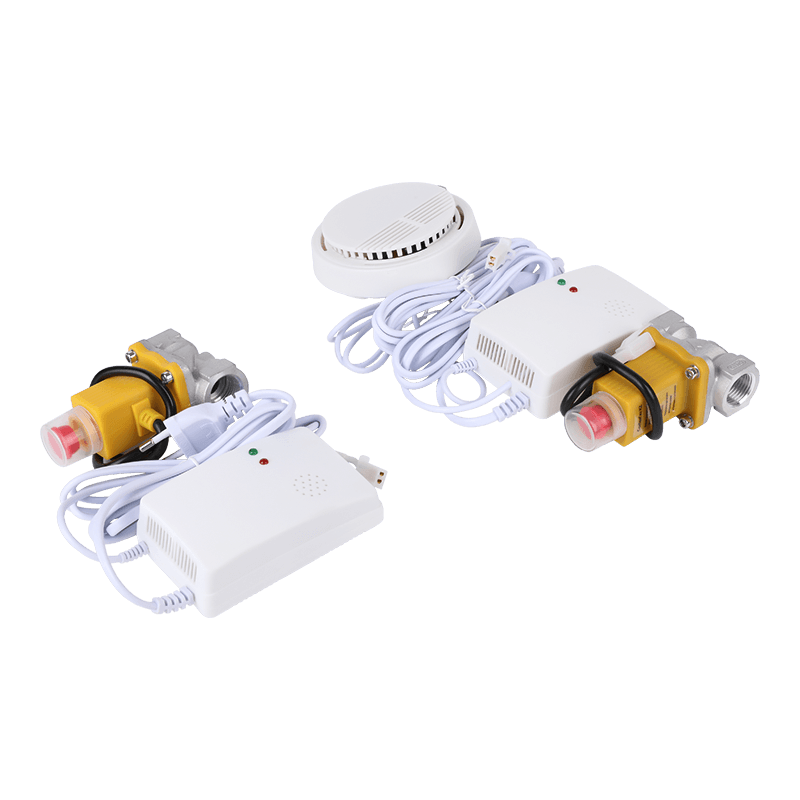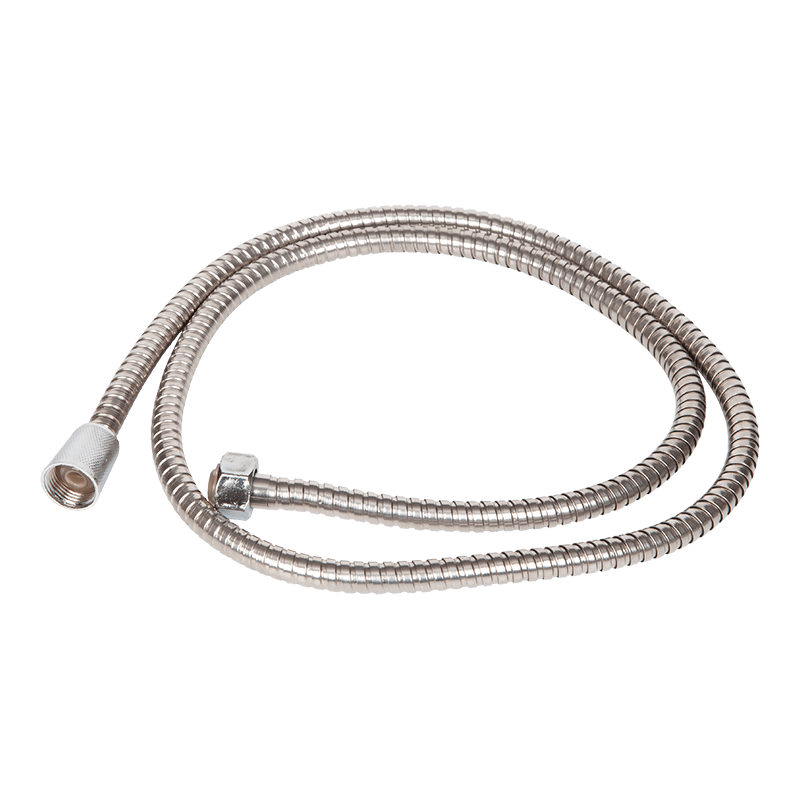Basic characteristics of PPR water pipes
PPR water pipes (polypropylene random copolymer water pipes) are a type of pipe commonly used in building water supply pipes and HVAC pipes. It has become a widely used water pipe choice in residential and commercial buildings due to its light weight, corrosion resistance, simple construction and relatively low cost. However, many users and construction workers still have doubts about the performance of PPR water pipes under high pressure environments. Especially in some special use environments, such as high water pressure and high temperature conditions, whether PPR water pipes will break or deform is a problem that needs attention.
Compression performance of PPR water pipes
The compression performance of PPR water pipes is closely related to its material. PPR pipes are made of polypropylene and other additives through high-temperature melt extrusion. This material has certain strength and high pressure resistance. According to national standards, PPR water pipes can generally withstand 3-4 times the impact of their rated working pressure. For most homes and ordinary commercial buildings, the municipal water supply pressure is usually between 0.4-1.0 MPa, which is much lower than the maximum pressure bearing capacity of PPR water pipes. Therefore, in normal use, the risk of PPR water pipes breaking is low. When the working pressure of the water pipe exceeds the design pressure range, the pipe may be affected by external pressure or internal water hammer, which may cause the pipe to rupture or deform.
Impact of water pressure on PPR water pipes
The performance of PPR water pipes in high-pressure environments is closely related to the working pressure, temperature and service life of the pipes. Generally, the working pressure of PPR water pipes is divided into multiple levels, including PN10, PN16, PN20, PN25, etc., where PN10 means that the pipe can withstand a pressure of 10 bars, while PN25 can withstand higher pressures. For ordinary household hot and cold water pipe systems, choosing PN16 or PN20 PPR water pipes is usually sufficient to meet the needs.
When the working pressure of the water pipe exceeds its design tolerance range, the pipe may be permanently deformed or even ruptured. If the pipe is in an environment with excessively high water pressure for a long time, the molecular structure of the material may change to a certain extent, causing the pipe to gradually lose its original pressure resistance. In addition, the water hammer effect in a high-pressure environment may also cause sudden impact on the pipe, increasing the risk of rupture.
Impact of high temperature environment on PPR water pipes
Temperature is also a key factor affecting the pressure resistance of PPR water pipes. In a higher temperature environment, the toughness and strength of PPR pipes will decrease, which means that under the dual effects of high temperature and high pressure, PPR water pipes are more likely to deform or rupture. Generally speaking, the maximum operating temperature of PPR water pipes is 95°C. If the water pipe is in a high temperature environment for a long time, the plasticity of the pipe will increase, and the pressure resistance and impact resistance will be weakened, which will easily cause the pipe to deform or rupture.
Aging and fatigue phenomenon of PPR water pipes
The service life of PPR water pipes is usually more than 50 years, but pipes in a high-pressure environment for a long time will experience a certain degree of aging. Over time, minerals or scale may accumulate on the inner wall of the pipe, resulting in a smaller inner diameter of the pipe and increased water flow resistance, thereby increasing the internal pressure of the pipe. This accumulation effect will accelerate the aging of PPR water pipes and reduce their pressure resistance.
PPR water pipes will experience multiple changes in temperature and pressure during long-term use. This periodic pressure fluctuation will cause fatigue in the pipe material and increase the risk of pipe rupture. Therefore, PPR water pipes used in high-pressure environments need to be inspected regularly to prevent rupture or leakage caused by aging and fatigue.
The relationship between installation quality and high-pressure environment
The installation quality of PPR water pipes is also crucial to their performance in high-pressure environments. If the installation is improper, such as loose welding at the joints and loose connections, it will become a pressure concentration point, which may cause the pipe to rupture or leak under high pressure. Therefore, ensuring that professionals perform the installation and using appropriate hot melt tools for high-quality welding is an important guarantee to prevent PPR water pipes from rupturing or deforming.
How to prevent PPR water pipes from rupturing or deforming in high-pressure environments
In order to ensure that PPR water pipes can operate stably in high-pressure environments, the following measures are particularly important:
Choose the appropriate pipe grade: Select the appropriate PPR water pipe grade according to the actual working pressure. For example, for high-pressure environments, it is recommended to use PN20 or PN25 PPR water pipes.
Control water pressure: Ensure that the water pressure in the water supply system is within the tolerance range of the pipe to avoid excessive water pressure. A pressure reducing valve can be installed to control the water pressure.
Regular maintenance and inspection: Regularly inspect water pipes that are in high-pressure environments for a long time, especially the joints, to detect potential problems in a timely manner.
Avoid high temperature environment: If PPR water pipes need to be used in hot water systems, ensure that their operating temperature does not exceed the temperature resistance range of the pipes to avoid negative effects of high temperature on pipe materials.

 LANGUAGE
LANGUAGE  English
English русский
русский 中文简体
中文简体